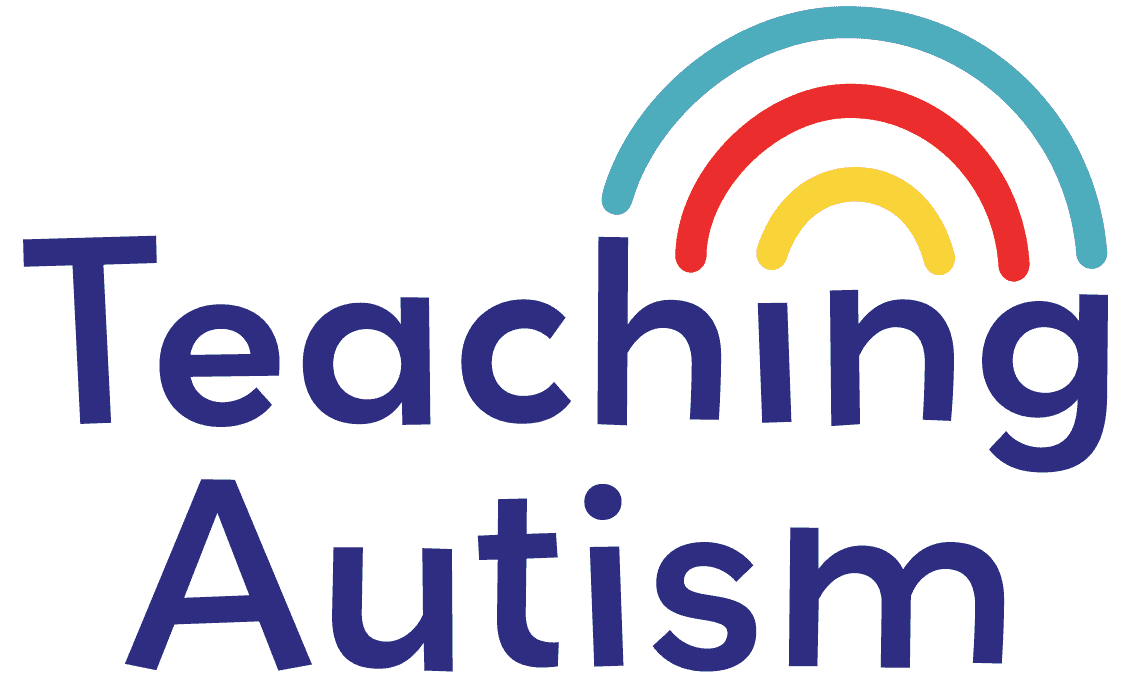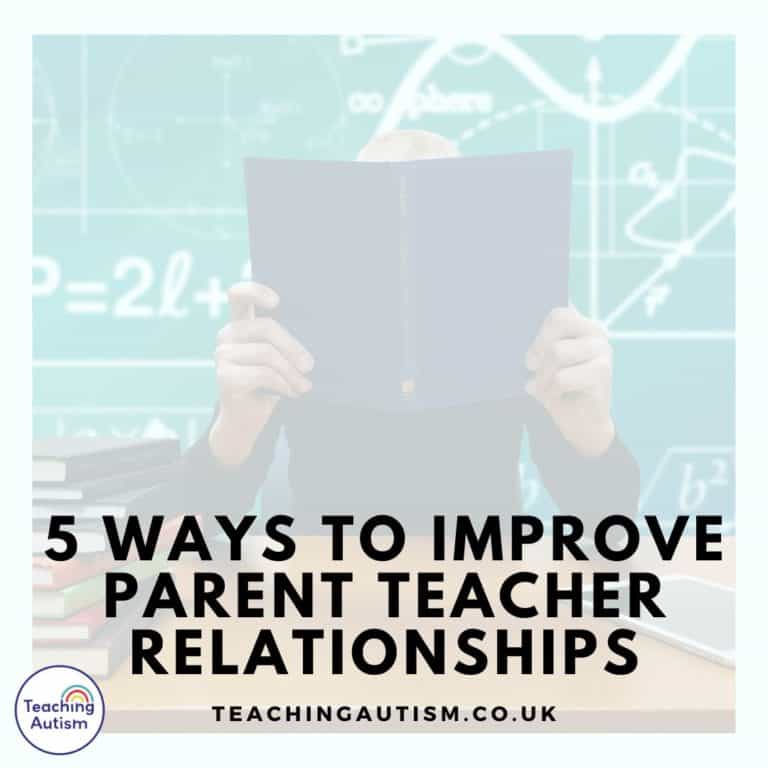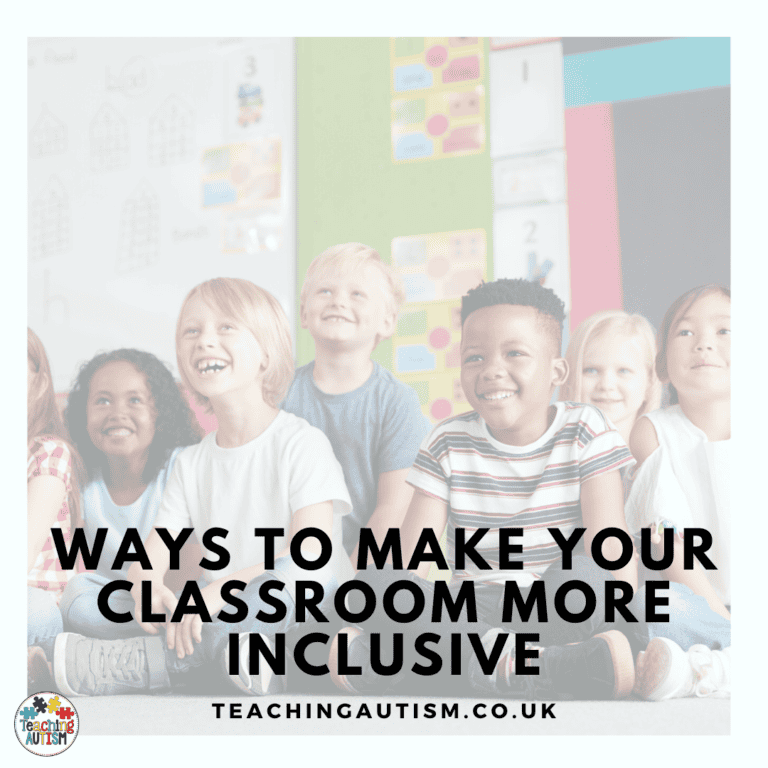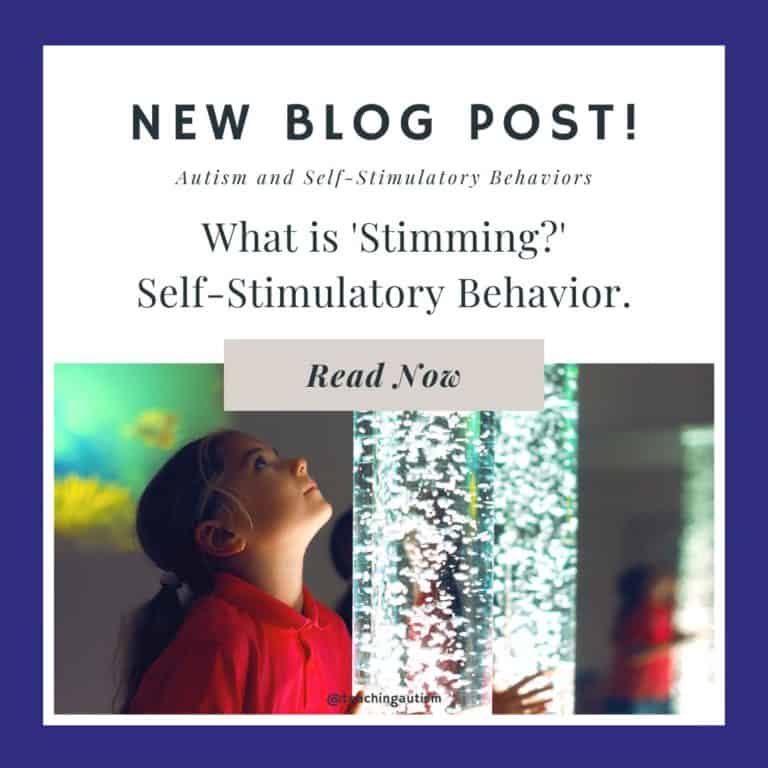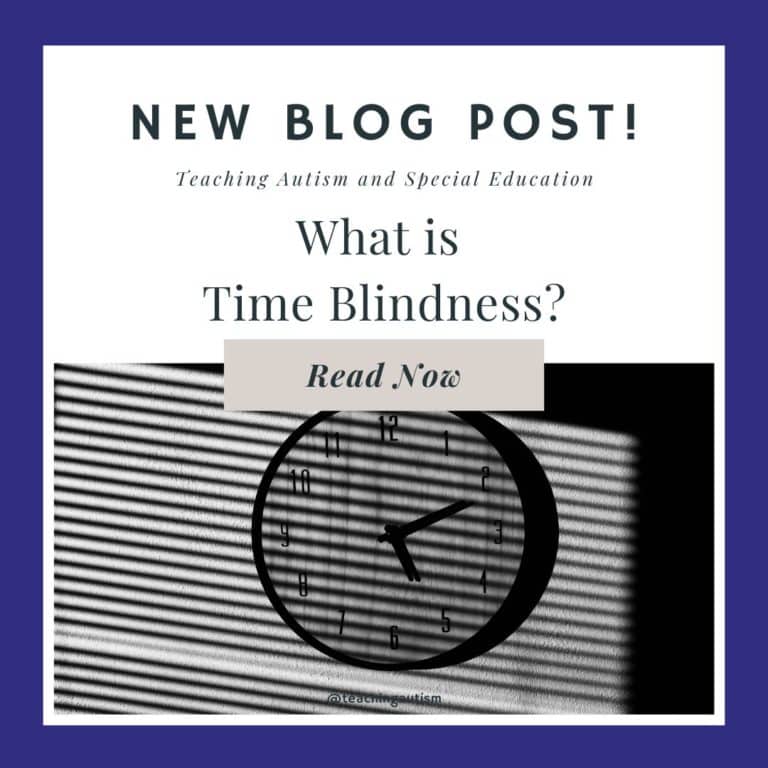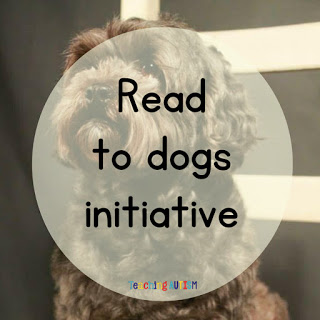What Tools Help With Anxiety In Special Education?
What tools help with anxiety in special education? I’m so glad you asked, because this is one of those topics that doesn’t get talked about nearly enough, but has a huge impact on our classrooms, our students, and our sanity.
Anxiety shows up in all kinds of ways for our neurodivergent learners. Maybe it looks like refusal, meltdowns, scripting, hiding, bolting, crying, head down on the desk, or “just being silly” (yep, anxiety can wear a disguise). It’s not always obvious, and it doesn’t always look the way we expect.
The good news? We can absolutely support our students with simple, practical tools, without needing to overhaul everything or turn your classroom into a sensory gym (unless you want to, of course).
Let’s talk about the tools, strategies, and systems that actually work for helping students manage anxiety in special education classrooms, backed by experience, sprinkled with humour, and always, always neuro-affirming.
First, Let’s Normalize It
Before we dive into tools, let’s be clear: anxiety is not a behavior problem. It’s not attention-seeking, iIt’s not defiance,iIt’s a regulation challenge. And for many students with autism, ADHD, OCD, PDA profiles, trauma, or sensory processing differences, it’s a daily part of their world.
When we shift our mindset from “this student is being difficult” to “this student is feeling unsafe or overwhelmed,” everything changes. Our response becomes more compassionate, and way more effective.
What Tools Help with Anxiety in Special Education?
So glad you asked. Let’s break it down into categories so it doesn’t feel overwhelming.
1. Visual Tools for Predictability
Many students feel anxious when they don’t know what’s coming next. Visuals can work wonders here.
Try:
- First/Then boards
- Visual schedules (individual or whole class)
- Visual timers (Time Timer is my go-to)
- Choice boards (to increase autonomy)
- Visual social narratives or storyboards
Why it works: Visuals create predictability, reduce the pressure of processing verbal instructions, and help students feel more in control.
Pro tip: Don’t assume older students “don’t need” visuals. Visual support isn’t babyish, it’s accessible.
2. Sensory Tools for Regulation
Sometimes anxiety comes from dysregulation. Giving students access to the sensory input they need can prevent escalations and help them return to calm.
My sensory toolbox includes:
- Noise-cancelling headphones
- Weighted lap pads or vests
- Fidget toys (chewelry, pop-its, stress balls, etc.)
- Wiggle stools or movement cushions
- Sensory bins with rice, kinetic sand, or water beads
- Access to movement (mini trampolines, scooter boards, etc.)
Why it works: When students have an outlet for sensory needs, their brains can shift out of survival mode and into learning mode.
3. Communication Supports
Sometimes the root of anxiety is simply not being able to express what’s going on or what they need.
Tools to try:
- Feelings charts (with faces, emojis, or Zones of Regulation colors)
- Emotion cards or visuals
- Sentence starters (“I feel ___ because ___”)
- Core vocabulary boards
- AAC devices (with access to feelings/emotion language)
Why it works: Communication empowers students to advocate for themselves, and when we understand what’s going on, we can respond more appropriately.
Bonus tip: Model emotional language throughout the day. “I’m feeling a little overwhelmed, so I’m going to take a deep breath.”
4. Calming Strategies and Break Options
Students need a toolkit of calming strategies they can choose from (not just being told to “calm down”- we all know that never helps!).
Create a calming menu with options like:
- Breathing cards or visuals (e.g., box breathing, rainbow breathing)
- Sensory bottles
- Doodle pads or coloring pages
- Stuffed animals or comfort items
- “Safe space” in the classroom with low lighting, cushions, and visual supports
- Mindfulness visuals (even if you just do a one-minute focus!)
Why it works: It gives students agency to self-regulate in ways that actually work for them, and they don’t have to wait until they’re in meltdown mode to use them.
5. Pre-Teaching and Priming Tools
Anxiety often shows up in new, unexpected, or high-demand situations. Prepping students ahead of time can massively reduce that stress.
Try using:
- Visual countdowns or calendars
- Social stories or video modelling
- Visual scripts or “what to expect” checklists
- Rehearsal role-plays
- Simple check-ins before transitions or changes
Why it works: When students know what’s coming, their brains don’t go straight into fight-or-flight. It’s like giving their nervous system a heads up.
6. Task Boxes (Yep, They’re Anxiety-Busting!)
Task boxes can help ease anxiety because they’re structured, predictable, and provide a sense of accomplishment, without overwhelming demands.
Perfect for:
- Transition times
- Early finishers
- Independent work systems
- Reset moments
If you’re already in my Task Box Library, check out boxes in the errorless learning, fine motor, and life skills categories, they’re ideal for building confidence and calm.
7. Staff Systems that Make a Difference
Let’s not forget, you (and your team) need tools too!
Try creating:
- Individualized regulation plans (what helps each student)
- Quick-access binders with visuals, scripts, or strategies
- Clear roles during escalation (who supports, who manages the class, etc.)
- De-escalation cheat sheets
Why it works: When your team is calm, consistent, and confident, your students feel it too. Regulation is contagious (in the best way).
8. Build Connection First, Always
This one’s not a physical tool, but it’s the most important of all.
Students who feel seen, heard, and safe are less likely to spiral into anxiety. So before you reach for the visuals or timers, reach for connection.
Simple connection strategies:
- Greet every student by name (with eye contact, a wave, or preferred greeting)
- Celebrate small wins
- Notice what your student loves and engage with it (even if it’s dinosaurs for the 700th time!)
- Co-regulate with calm body language and a soft tone
Why it works: Connection is the foundation of every strategy we use. Without it, tools fall flat.
Final Thoughts
So… what tools help with anxiety in special education? The truth is: there’s no one-size-fits-all answer. But with a mix of visuals, sensory supports, communication tools, calming strategies, and strong relationships, you’re well on your way to creating a classroom that feels safe and supportive for every student.
And remember: you don’t need all the tools to make a difference. Start with one or two that feel doable. Observe, adjust, and build from there.
Helpful Links
You may also be interested in;
- 5 Days to a Calmer Classroom
- Creating a Sensory-Friendly Classroom Without Breaking the Bank
- The Importance of Social and Emotional Learning
My Autism Classroom Favorites
Click below to find my Amazon classroom favorites;
*Affiliate Disclosure: These links contain affiliate links. This means I may earn a small commission—at no extra cost to you—if you click through and make a purchase. I only recommend resources I genuinely love and think you’ll find helpful!
If you found this blog post helpful, please consider sharing it with your friends and colleagues on social media, it helps more teachers find support, and it means the world to me and my little family too.
And if you haven’t already, be sure to check out my Free Resource Library for tons of classroom tools, visuals, and printables to make your teaching life easier (and a whole lot more fun!).
P.S. Have you signed up for my VIP membership yet? If not, head on over and sign up now. You’ll get access to hundreds and hundreds of resources, templates, crafts and more being uploaded every month!
Nikki
